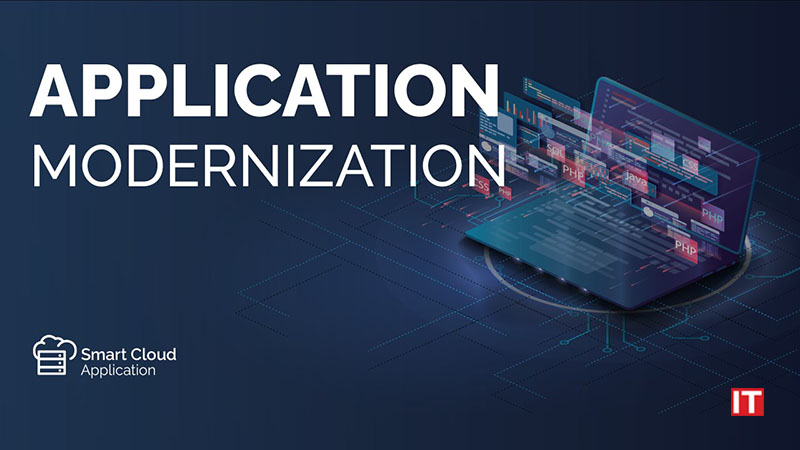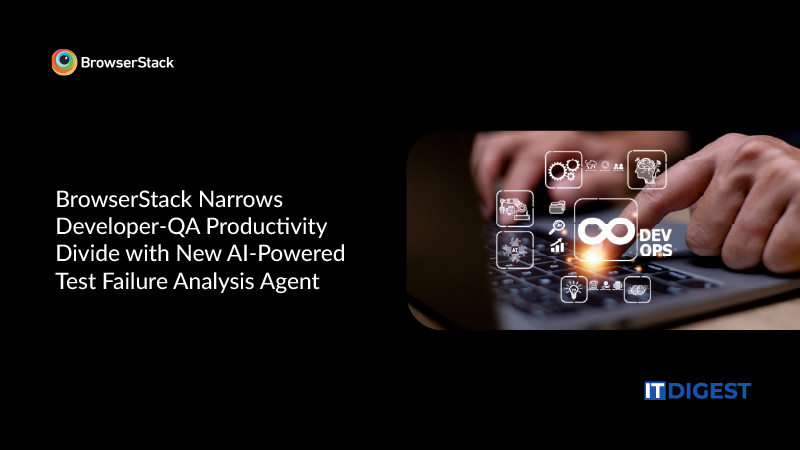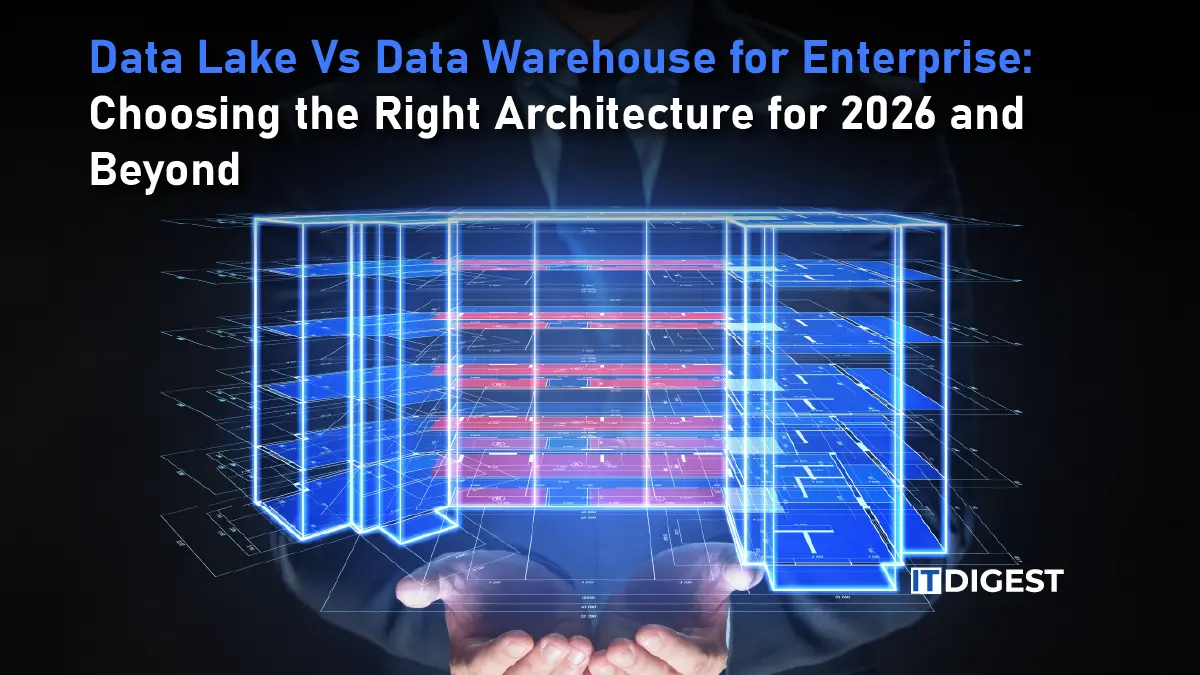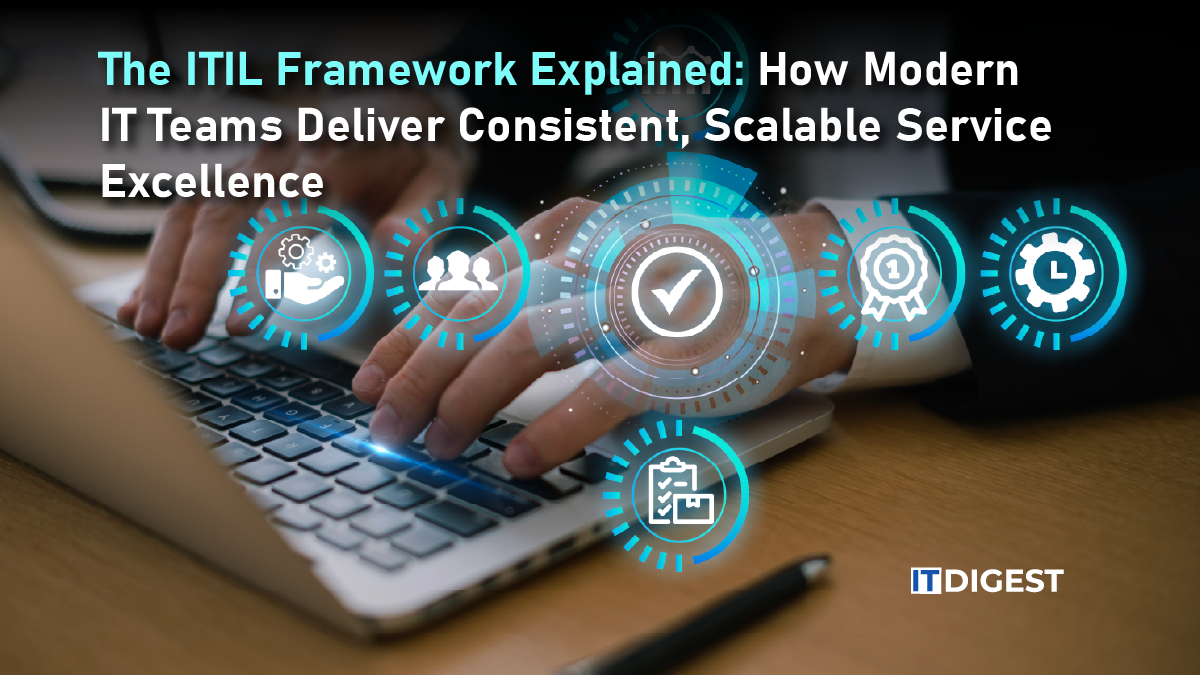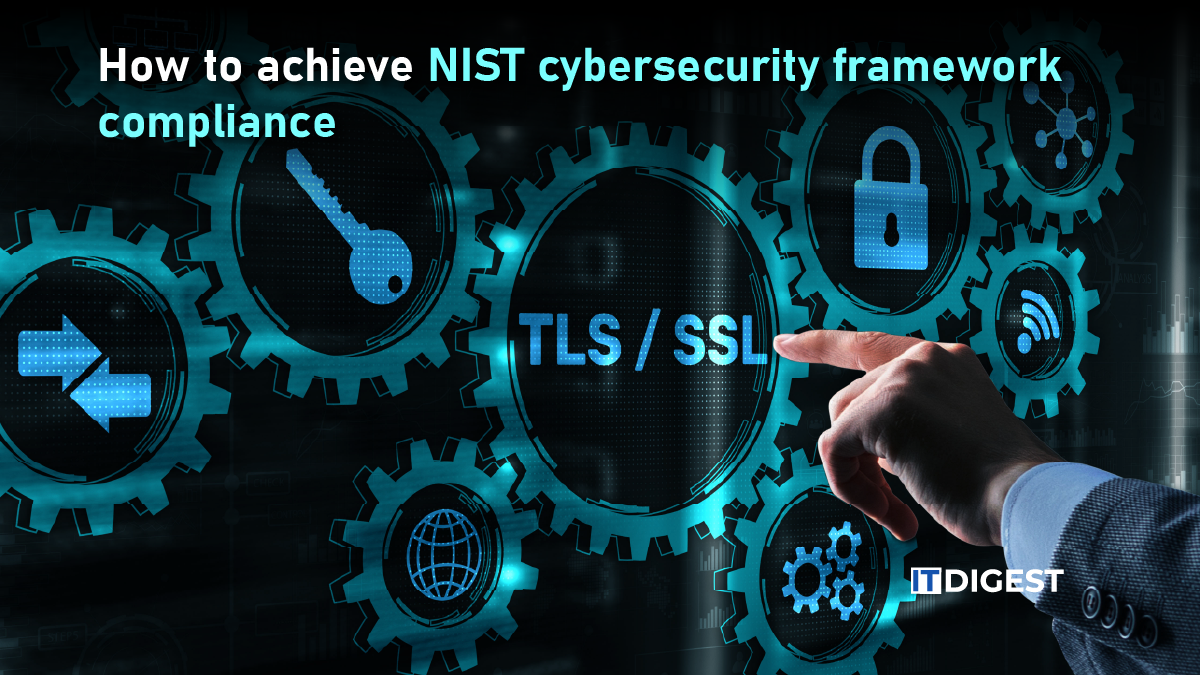Hewlett Packard Enterprise and Ericsson have announced the establishment of a joint validation lab aimed at addressing the challenges faced by telecommunications service providers in deploying multi-vendor infrastructure stacks. This collaboration focuses on validating a cloud-native, AI-enabled, dual-mode 5G core solution, designed to meet the growing demand for high-performing, scalable, and efficient networks.
The validation lab will serve as a test environment for interoperability testing, ensuring that the integrated solution meets the specific requirements of telecommunications providers. The solution combines Ericsson’s dual-mode 5G Core with HPE ProLiant Compute Gen12 servers, HPE Juniper Networking fabric managed by Apstra Data Center Director, and Red Hat OpenShift.
“Building on our strategic partnership with Ericsson, this collaboration reflects HPE’s commitment to empowering telco service providers with innovative technology solutions to thrive in the 5G and AI-driven economy,” said Fernando Castro Cristin, Vice President and General Manager, Telco Infrastructure Business, HPE. “By integrating Ericsson’s cloud-native dual-mode 5G Core and Red Hat OpenShift with our proven next-gen HPE compute infrastructure and HPE Juniper Networking fabric, we are developing a new integrated offering that will provide telco service providers with the flexibility to deploy rapidly, scale on demand, adapt to unpredictable traffic, provide predictable lifecycle management, and keep pace with emerging technologies.”
Also Read: Telit Cinterion Brings 5G to NVIDIA Jetson Thor for Mobile AI
The integrated solution under development at the lab includes:
- Ericsson’s Dual-Mode 5G Core: An industry-leading solution that supports both 5G and 4G networks, reducing complexity and operational costs for operators seeking efficient scaling and future-proofing of networks.
- HPE ProLiant Compute DL360 and DL380 Gen12 Servers: Powered by Intel Xeon 6 processors, these servers deliver optimized performance for network-intensive telco Containerized Core Network Functions (CNFs) such as AMF, UPF, and SMF. They offer built-in protection at every layer with HPE Integrated Lights Out (iLO) 7, providing security from the chip to the cloud.
- HPE Juniper Networking High-Performance Fabric: Powered by QFX Series switches and managed by Apstra Data Center Director, this fabric enhances operational efficiency and reduces operating costs through intent-based automation and AIOps-driven assurance.
- Red Hat OpenShift: Serving as the common cloud-native telco platform, Red Hat OpenShift enables telco service providers to rapidly develop, deploy, and scale new services, accelerating time to market and reducing traditional deployment cycles. It offers a consistent, automated operational experience from the core to the edge, simplifying the complexity inherent in deploying and managing advanced network functions.
“As the world’s leader in 5G and core networks, Ericsson is committed to driving innovation and openness, simplifying the journey to cloud-native networks for telco service providers,” said Krishna Prasad Kalluri, Head of Solution and Portfolio, Ericsson Core Networks. “Our partnership with HPE and the establishment of this joint validation lab further advances the creation of cloud-native solutions for 5G Core on multi-vendor infrastructure.”
The validation lab, located near Ericsson’s headquarters in Sweden, is expected to be operational by the end of 2025. It will enable customers to conduct real-world testing and provide feedback. In the first half of 2026, the focus will shift to validating the integrated solution to ensure faster time-to-market and simplified lifecycle management.





